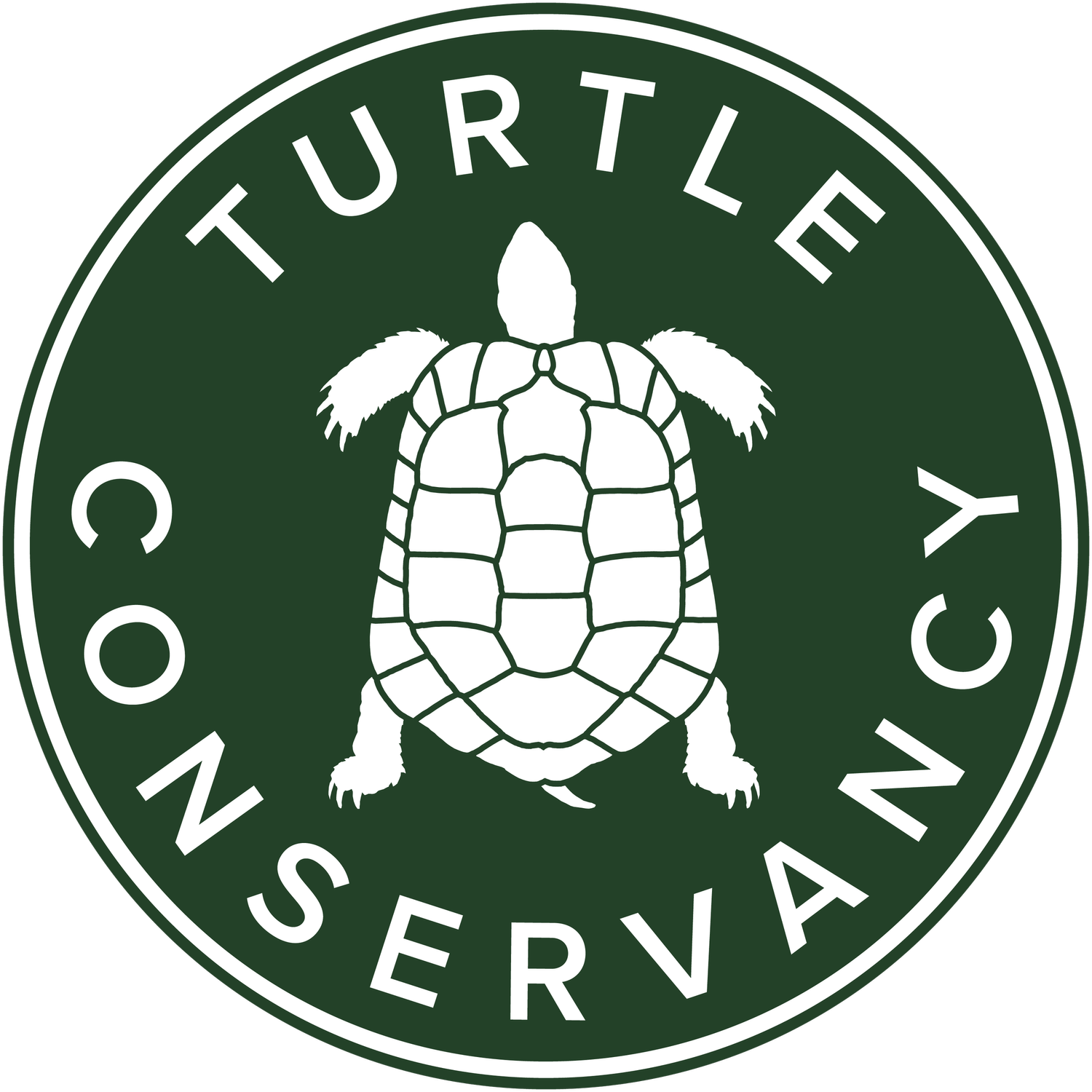The Roti Island Snake-necked Turtle (Chelodina mccordi) is a special species kept at the Turtle Conservancy’s Conservation Center as it was described in 1994 by Turtle Conservancy Board Chairman, Anders Rhodin. The unique species belongs to the family Chelidae and the suborder Pleurodira. Unlike their counterpart the Cryptodirans, Pleurodirans have the interesting trait of not being able to tuck their head and neck inside their shells. Instead, the turtles of this family withdraw their typically extremely long necks along the side of their body.
Chelodina mccordi inhabits the swamps and small lakes of the island of Roti (Rote), west of Timor, in Southeastern Indonesia, and appear to mostly be nocturnal. They subsist mainly on small fish, insects, and aquatic plants.
Collection of Roti Island Snake-necked Turtles for the pet trade started in the 1980s, and greatly intensified after the species was described in 1994. To make matters worse, the region has undergone increasing habitat loss due to expansion of agriculture. While there still may be some individuals left, the species is essentially extinct in the wild. Specialists agree that the species could recover if the remaining habitat were protected, and if captive breeding programs could help re-establish wild populations. The Turtle Conservancy contributes to recovery efforts by maintaining a successful captive breeding program at our Ojai facility. We hope to further Roti Island Snake-necked Turtle recovery by helping restore wild populations in the future.

